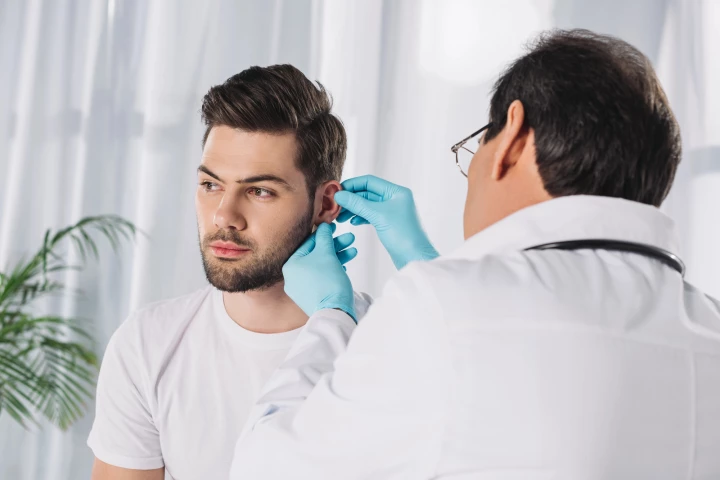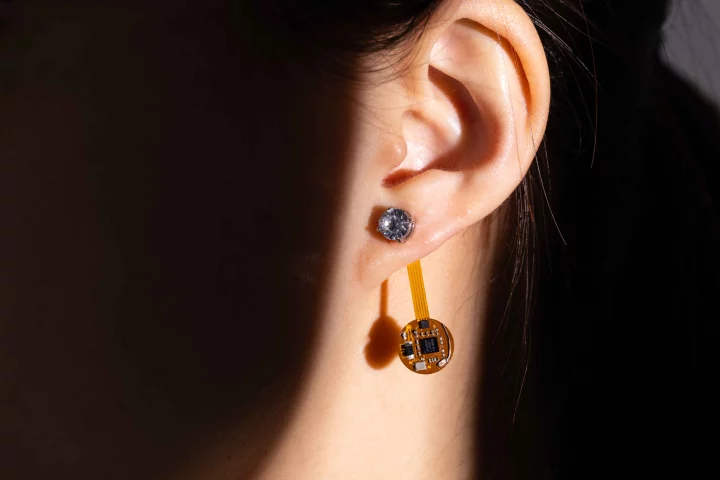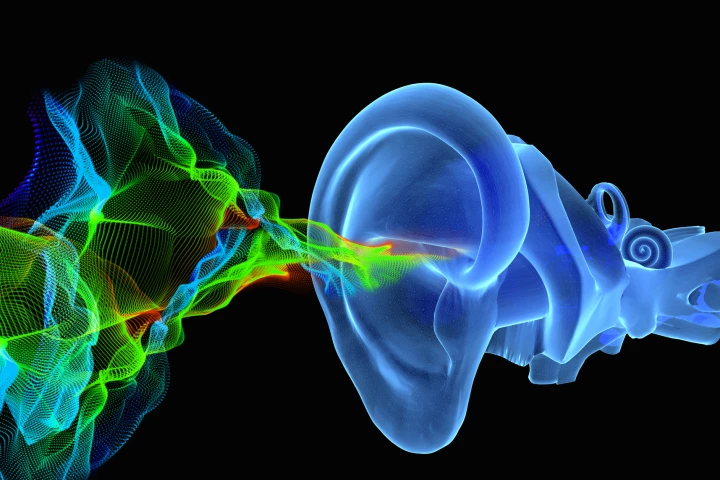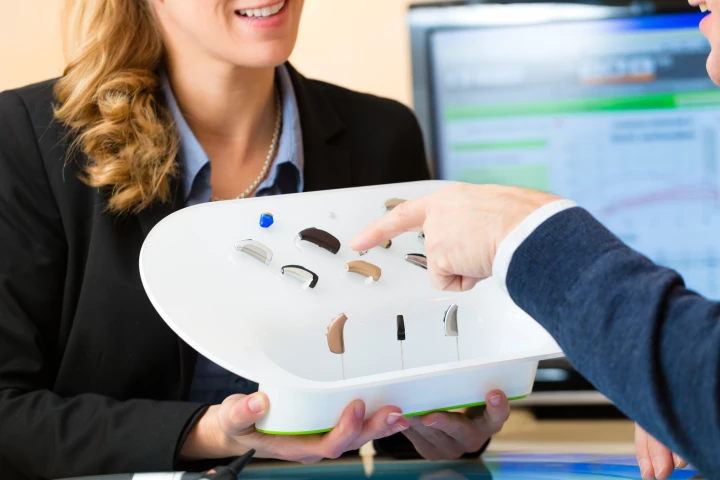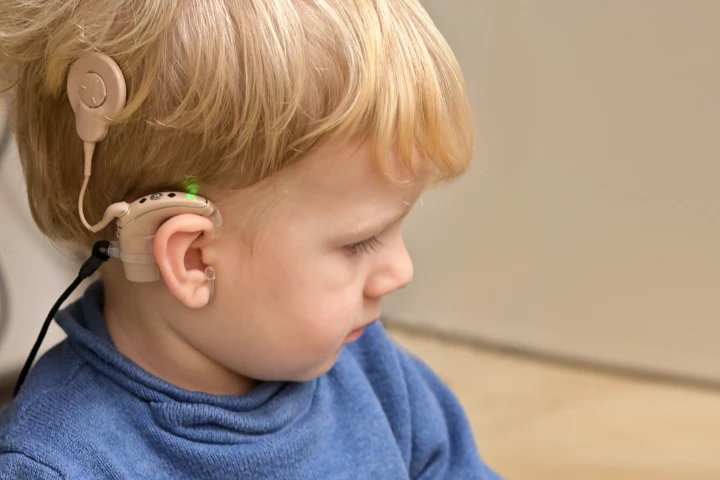ear
-
Catching the onset of Parkinson's Disease early can be critical to slowing the disease's progression and improving a patient's life. A new test that uses nothing more than a sample of someone's ear wax is set to do exactly that.
-
You could compensate for broken speakers by cranking up the volume on others that still work. It turns out that the brain does the same thing when damaged hair cells in the ear lead to hearing loss – and this could be causing your tinnitus.
-
If you want to continuously monitor your body temperature, and you already wear earrings all day long, why not just have those earrings do the job? That's the thinking behind the Thermal Earring, which may someday be coming to an ear near you.
-
A breakthrough clinical trial using gene therapy has restored hearing to five children born deaf. After six months, the children were able to recognize speech and hold conversations, raising hopes for wider use in the near future.
-
Back in 2018, scientists at Duke University discovered that each time our eyes move, our ears make an imperceptible squeaking noise. Now, the researchers have developed a method of telling where a person is looking by analyzing those sounds.
-
Serving multiple useful purposes, brain-computer interfaces (BCIs) usually incorporate scalp-applied or even brain-implanted electrodes. A new less-invasive BCI, however, can simply be stuck in the patient's ear canal as needed.
-
Many of us accept that we’ll naturally lose some hearing as we age, but there may be a way to slow that down. Scientists have identified a mechanism that lets hair cells repair themselves, which could be hacked for therapies that restore lost hearing.
-
Nearly 60 years after American folk duo Simon & Garfunkel sang their earworm tune “The Sound of Silence,” three researchers have resurrected the age-old question as to whether the absence of noise is something we can hear and our brains can interpret.
-
Earlier this month, Ella, a three-year-old potbelly pig, entered into a surgical procedure at Oregon State University (OSU). Simultaneously, she entered the record books as the first pig to ever have undergone the complete removal of an ear canal.
-
In what’s described as a breakthrough decades in the making, scientists at Oregon State Health & Science University (OHSU) have revealed the inner ear architecture that converts vibrations into sound, in near-atomic detail.
-
The US FDA has established a new category of over-the-counter hearing aids. The move comes as part of a push by the US government to make healthcare more affordable, allowing millions of people to buy low-cost hearing aids without prescription.
-
Researchers at the Salk Institute have made a breakthrough that could lead to new treatments for genetic hearing loss. Gene therapy that delivers a particular protein can ensure faulty hair cells grow correctly, allowing for improved hearing.
Load More
